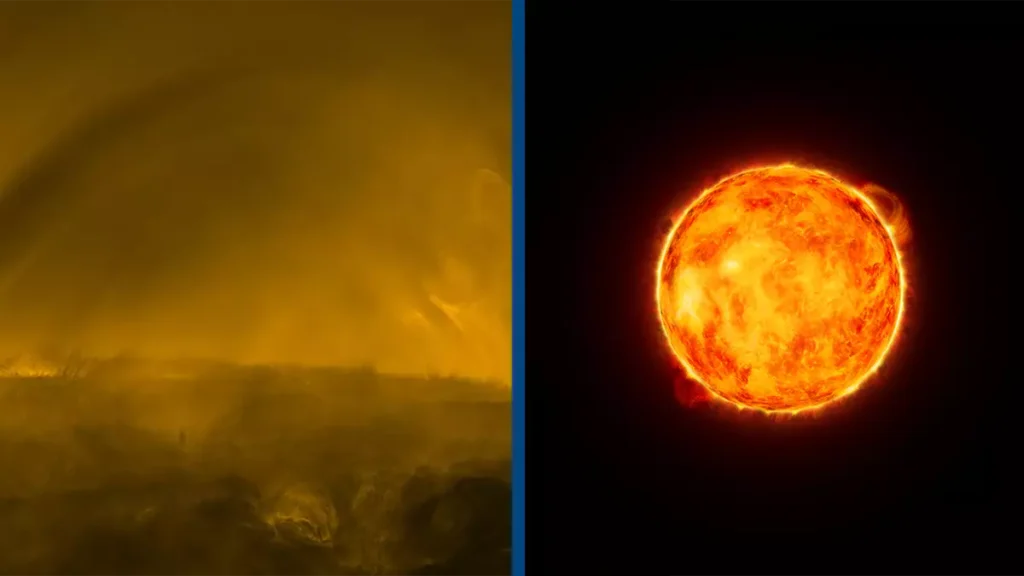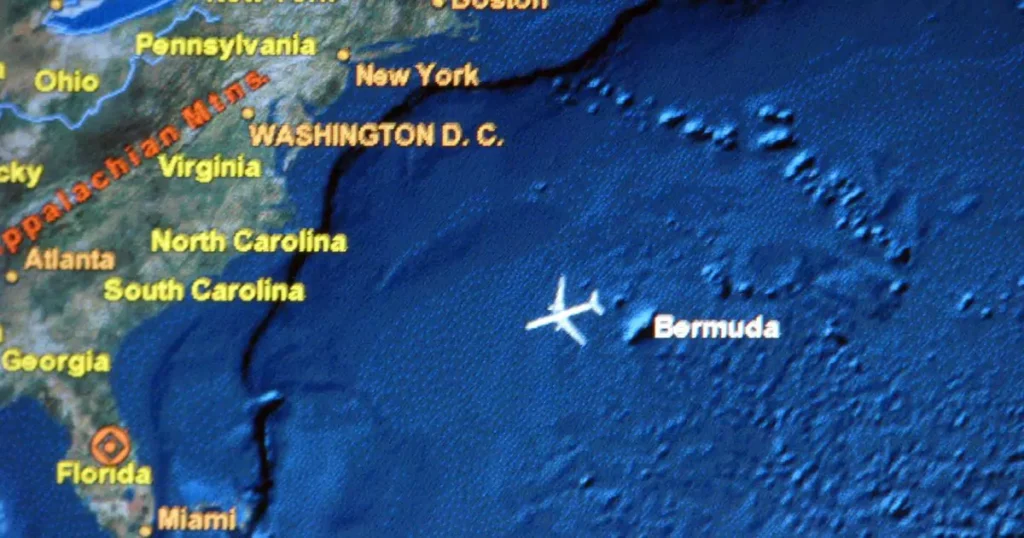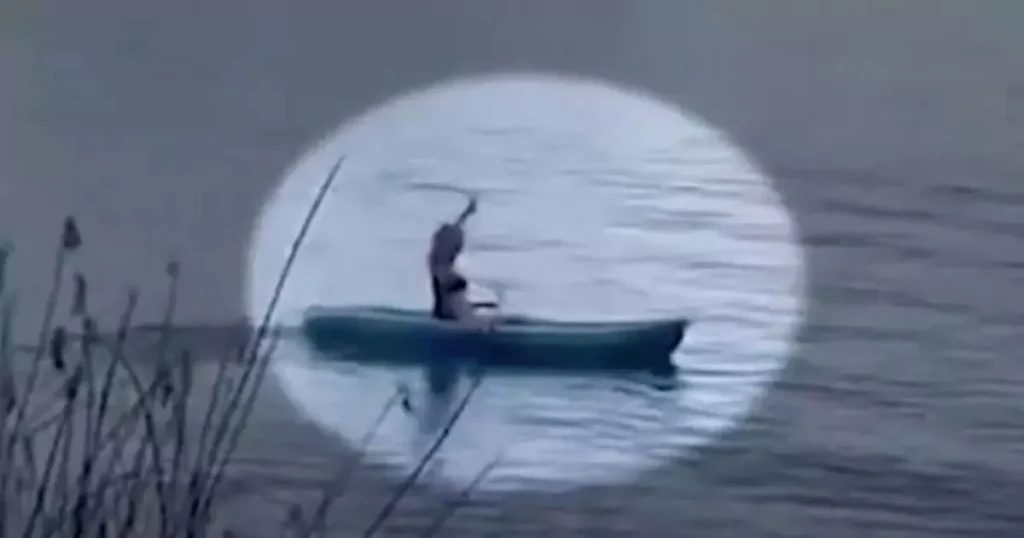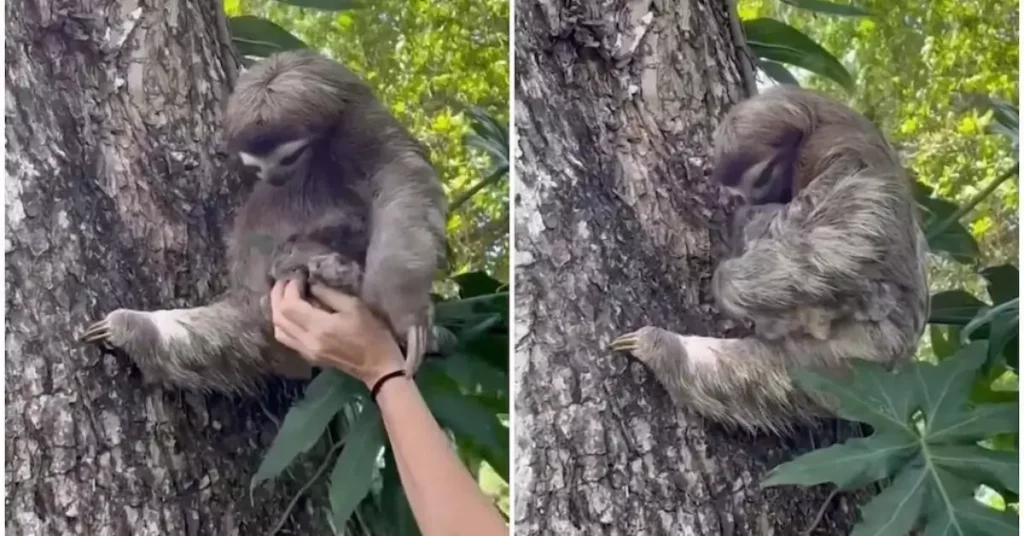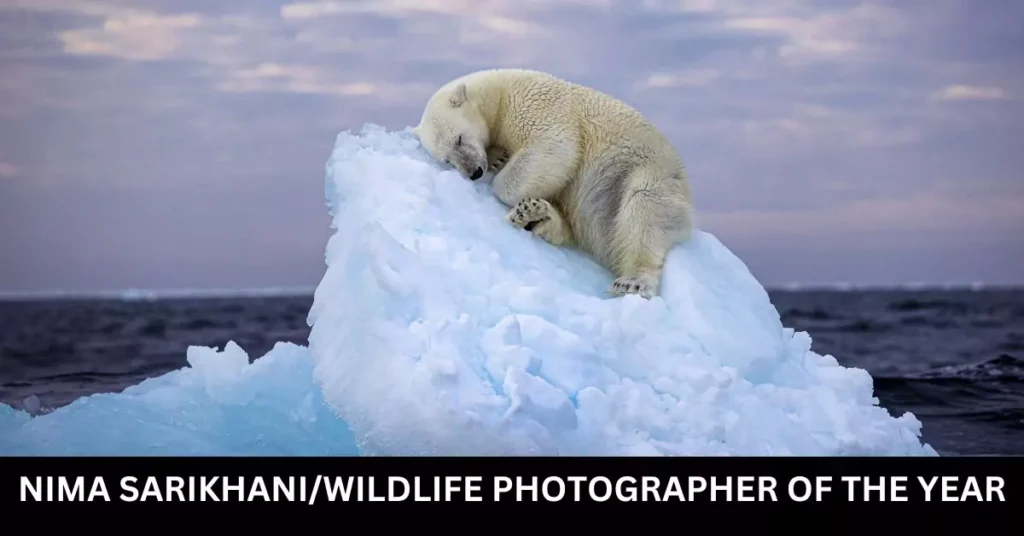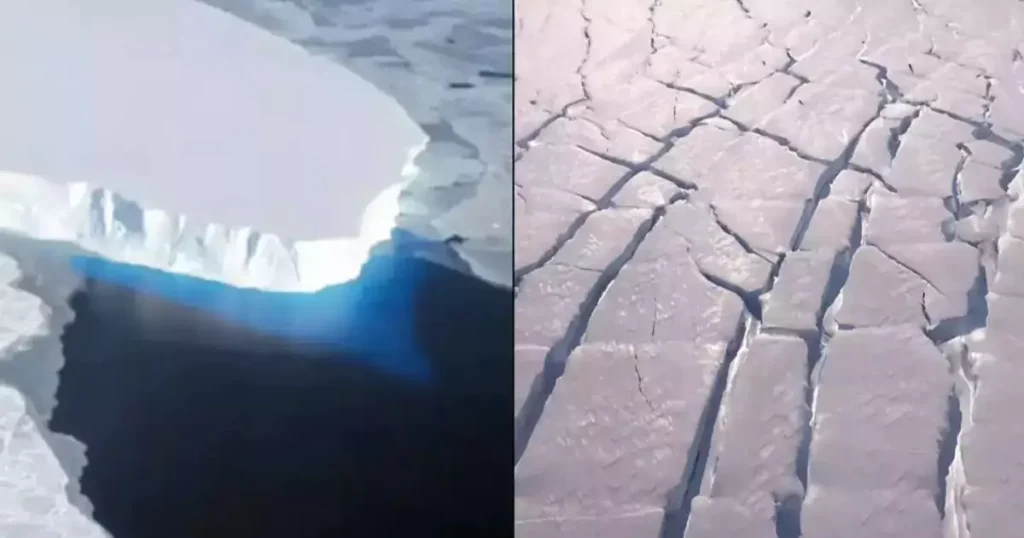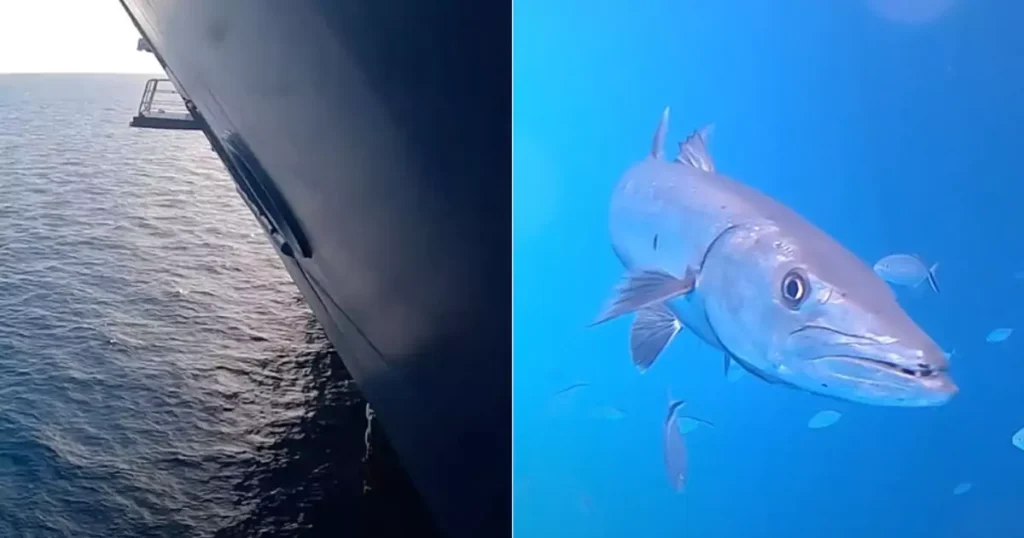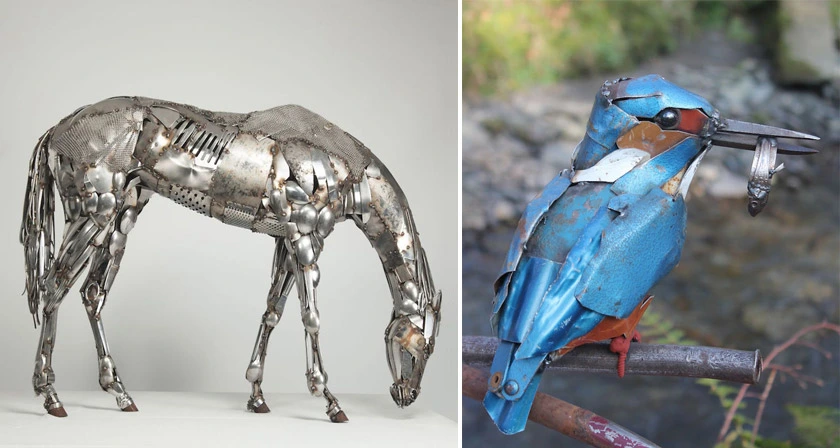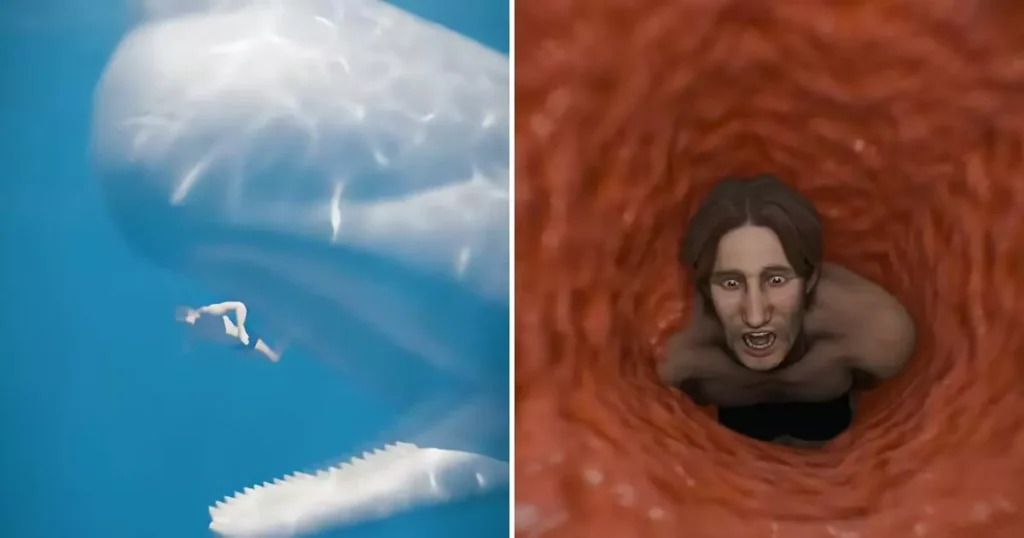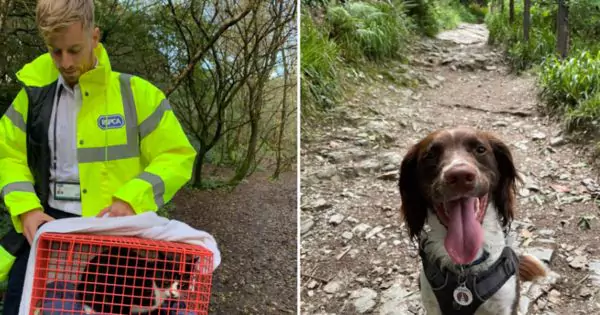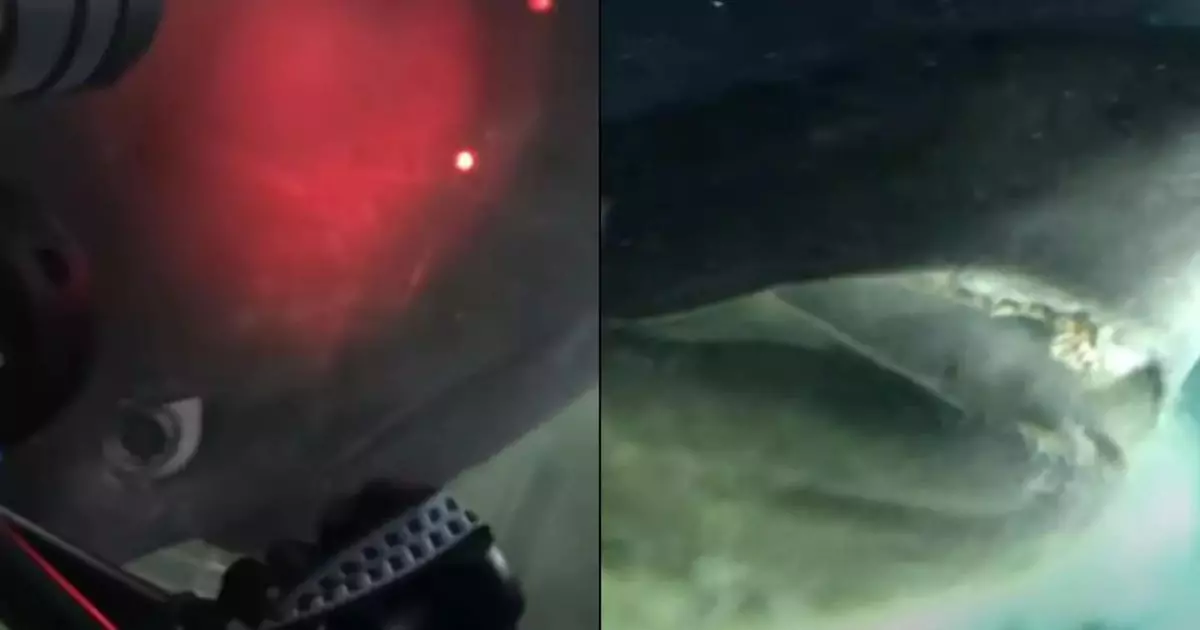
If you have a fear of the ocean, look away now. A submersible captured shocking footage of a prehistoric sea creature while exploring the ocean floor. The scientists in the OceanX sub were left in awe by what they saw, as they made history.
Historic Feat by OceanX
Deep-sea footage caught by a GoPro dropped into the ocean is enough to creep some people out. However, what was found in this viral video is groundbreaking and, to some, a lot weirder. The video, posted on OceanX’s YouTube channel four years ago, is just over 90 seconds long, but what the explorers managed to capture is truly breathtaking.
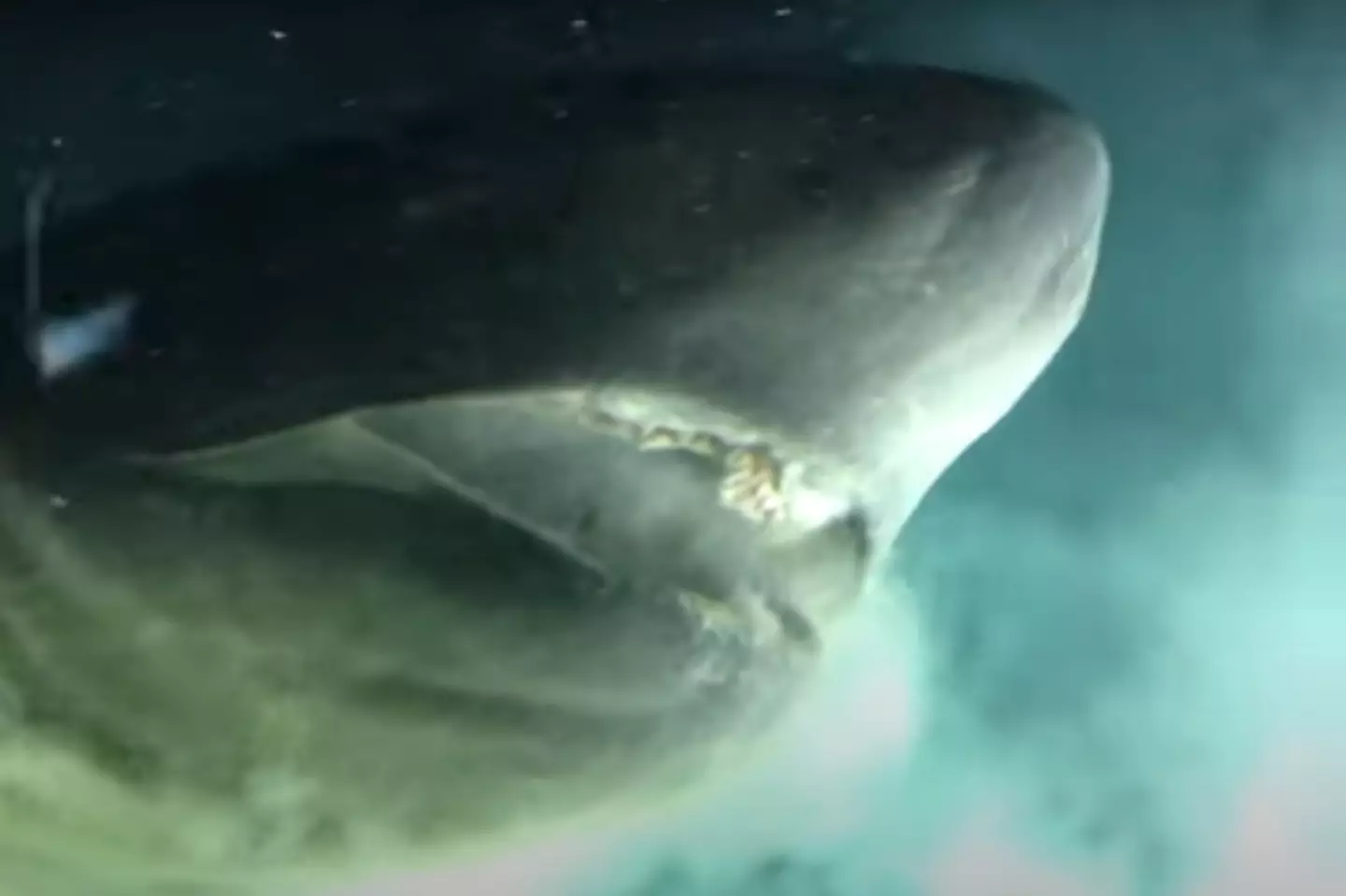
In the video’s description, the company states that it partnered with the Cape Eleuthera Institute to become the first-ever submersible to tag an animal. “Our objective was the deep-sea shark, the bluntnose sixgill,” it explained. “This ancient species predates most dinosaurs and is a dominant predator of the deep-sea ecosystem.”
The Bluntnose Sixgill Shark
FSU Marine Lab’s Dr. Dean Grubbs was the lead scientist on the mission and succeeded in achieving the goal. The prehistoric shark helped the team tag an animal from a submersible for the first time ever. Grubbs led the team to become the first ever to put a satellite tag on this elusive species of shark on the sea floor. Scientists in the past could only do so by bringing them up to the surface.
Captivating Footage
The team accomplished this feat on the sea floor, and the footage shows how shocked the men were in the sub. Spotting the shark swimming around, one of them exclaimed, “Oh, wow!” Another added, “Look at the width of that thing!”
Attempting to get the shark in the prime position to tag, they hesitated when she was belly-side, waiting for her to get closer. She did, pushing her nose up against the side of the submarine, glancing up at the intrigued scientists, and even seeming to roll her eyes as she swam away. The scientists couldn’t believe how big the female shark was, pointing out that she was larger than average.
The Ancient Predator
The shark’s pupils were deep green as it glanced up at the scientists. Her species usually grow up to 20 feet in length, but rarely has anyone been so up close and personal with one before. The species predates most dinosaurs, meaning they have roamed the seas for tens of millions of years.
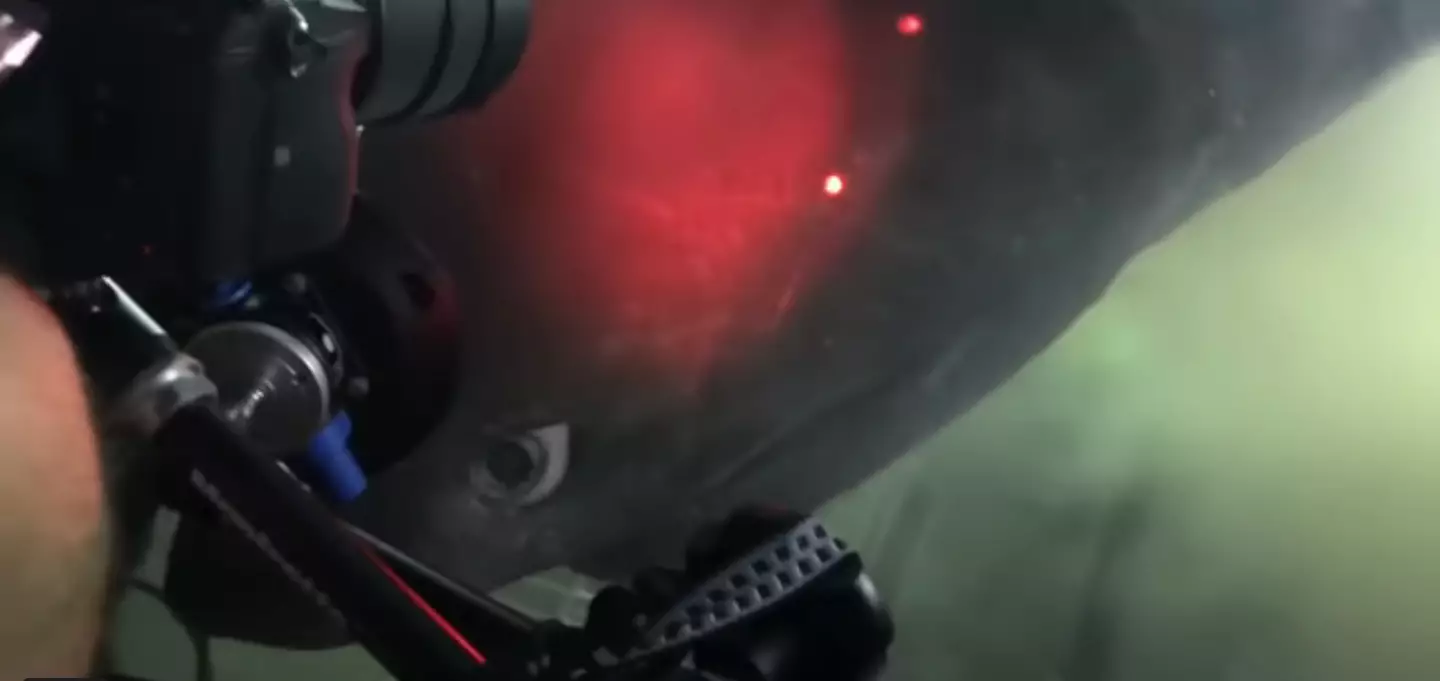
Public Reaction
People were just as in awe in the comments section. One user said, “If not the size, this shark’s eye alone would have given me a straight heart attack.” Another commented, “That eye close-up was wicked.” A third added, “Scientists, ‘Whoa.’ That’s when you know it’s serious.”

The Significance of the Discovery
The bluntnose sixgill shark, known scientifically as Hexanchus griseus, is a remarkable species due to its ancient lineage and distinctive features. These sharks are considered living fossils, having remained relatively unchanged for millions of years. Their ability to thrive in the deep sea, an environment that has remained stable for eons, has allowed them to persist through epochs that saw the rise and fall of dinosaurs.
Advancements in Deep-Sea Exploration
The success of this mission highlights significant advancements in deep-sea exploration technology. Submersibles equipped with sophisticated tagging equipment allow scientists to study marine life in its natural habitat without the need to bring animals to the surface. This method reduces stress on the animals and provides more accurate data on their behavior and movements in the deep sea.
The Future of Marine Research
The groundbreaking achievement by OceanX and the Cape Eleuthera Institute opens new possibilities for marine research. Tagging deep-sea creatures directly in their environment will enable scientists to gather crucial information about their migration patterns, feeding habits, and ecological roles. This knowledge is essential for the conservation of these ancient predators and the protection of deep-sea ecosystems.
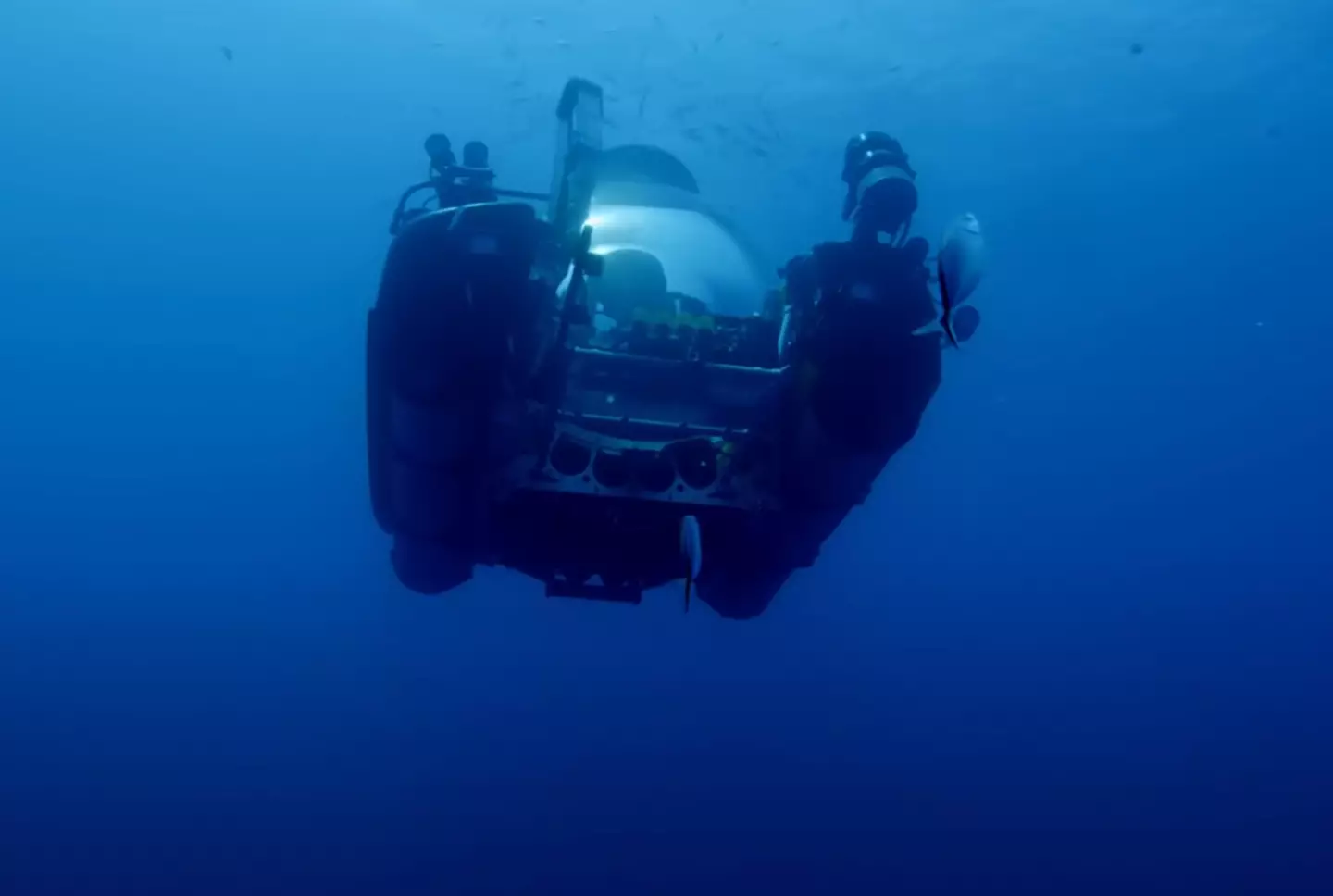
The Mystery of the Deep
The ocean remains one of the last unexplored frontiers on Earth. With only about five percent of the ocean floor mapped and studied, many mysteries and potentially undiscovered species await exploration. The bluntnose sixgill shark encounter is a reminder of the incredible biodiversity that lies hidden beneath the waves.
The Importance of Ocean Conservation
Encounters like this underscore the importance of ocean conservation. Protecting marine ecosystems ensures that ancient species like the bluntnose sixgill shark continue to thrive. Efforts to combat overfishing, pollution, and climate change are critical to preserving the health of our oceans and the diverse life forms they support.
The Role of Technology in Marine Biology
Advanced technology plays a crucial role in modern marine biology. Innovations in submersible design, tagging equipment, and underwater imaging allow scientists to explore previously inaccessible depths. These tools provide valuable insights into the behavior and ecology of deep-sea species, contributing to our understanding of the ocean’s complex ecosystems.
Educational Outreach and Public Engagement
The viral video of the bluntnose sixgill shark has sparked widespread interest and fascination. Educational outreach and public engagement are essential to raising awareness about the importance of marine conservation. Platforms like YouTube and social media allow researchers to share their discoveries with a global audience, inspiring the next generation of marine scientists and conservationists.
The historic feat by OceanX in capturing and tagging a bluntnose sixgill shark from a submersible marks a significant milestone in marine research. This ancient predator, which predates most dinosaurs, offers a glimpse into the mysteries of the deep sea. As technology advances and exploration continues, we can expect to uncover more secrets from the ocean’s depths, enriching our understanding of the natural world and highlighting the importance of ocean conservation.
Encounters with prehistoric creatures like the bluntnose sixgill shark remind us of the incredible biodiversity that exists in our oceans. By protecting these ecosystems and continuing to explore the unknown, we can ensure that future generations will have the opportunity to marvel at the wonders of the deep sea.
















